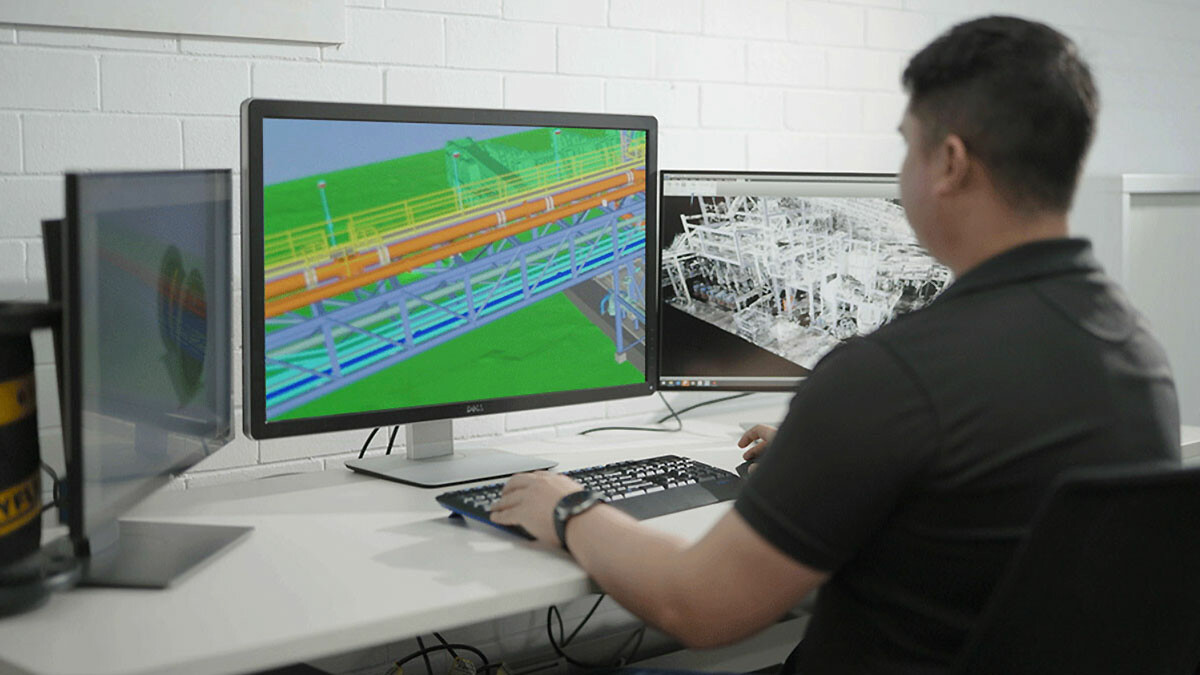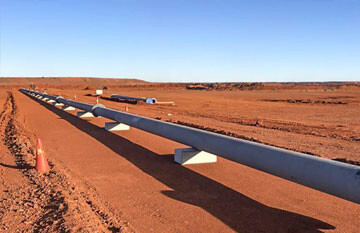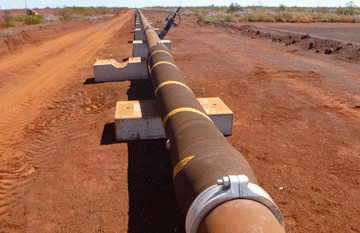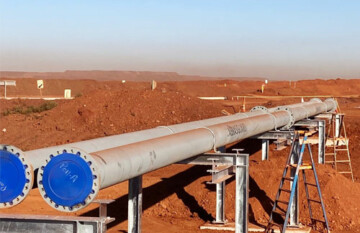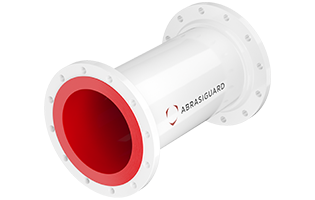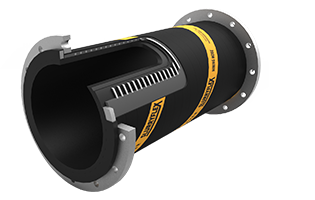When you’re selecting liner materials for a new pipeline project, there can be dozens of important factors to look at. You need to anticipate the slurry type, expected wear rates, availability of the liner system, and of course, the cost.
Which type of liner is going to give you the most reliable system with minimal maintenance?
In this article, we look at ways to improve the design and lifespan a new slurry pipeline, and investigate the pros and cons of different liners.
3 things to consider early in the design stage
Martin Huard, a research project manager with the innovation hub InnoTech Alberta, says there are three things you need to consider in the early stage of pipeline design.
“First, look at the liner performance data available. This could be through pipeline inspections or previous pipeline operational data, and correlate the liner’s wear performance to the operations,” he says.
Just like iron ore, lithium, or gold slurries, oil sands is extremely abrasive, making it a challenging mineral type to work. So, it’s important to consider the different wear types early in the design.
A mechanical and chemical engineer, Martin specialises in researching and testing different wear liner technologies in the oil sands industry.

Martin Huard, Senior Researcher, InnoTech Alberta
“Second, seek out expert advice from consultants or research agencies who have experience in liner technology.” They often have broad experience across a range of commodities and projects which helps expand your own understanding.
And third, he says, anticipate the need for a good maintenance program with frequent inspections. “Pipelines are highly dependent on good inspections. It’s typically overlooked in the earlier stage project development. But it’s an important part of a pipeline operation,” he explains.
What should engineers keep in mind when choosing a liner type?
There are a few options when it comes to lined slurry piping.
HDPE lined steel
HDPE lined steel has been the basic option for long distance pipelines for decades.
The pipe is pre-welded in kilometre lengths and the liner is pulled through and finished with flange ends. It’s cost effective for long distance overland pipelines, can be used for high-pressure applications, and the liner protects the carbon pipe from corrosion.
Martin says it does have downsides. “It’s a cumbersome process to pull HDPE liners through existing pipeline systems, and the process of pulling a liner through is not foolproof and can actually damage the liner itself and lead to ruptures.”
HDPE is also fast wearing, so it’s not suitable for transporting abrasive hard rock slurry. Once it has worn through, the slurry will seep between the liner and corrode the interior of the pipe wall.
Once this happens, it’s almost impossible to identify where the leak has occurred, meaning kilometres of pipe will need to be replaced. Under vacuum conditions, whole sections of the HDPE sleeve can debond, so it’s particularly important if you’re designing a high-pressure pipeline.
Rubber lined steel
Rubber lined steel is a good option in higher wearing applications and is widely used around pump stations and fittings due to its wear properties. But when it comes to pipelines, there’s a few limitations.
Typically, piping standards limit rubber lining to 6m lengths, so when you compare it to other liners that can be made up to 18m long, it’s less efficient. It can also be more expensive to manufacture because shorter lengths are more labour intensive to build.
Rubber has a high surface roughness so there’s more energy loss due to resistance compared to HDPE or polyurethane liners. This energy loss affects the pumps too. You either have to run the pumps harder (leading to higher rates of wear on pumps and equipment) or install extra pump stations. For this reason, rubber lined steel is better suited for process plants or over very short piping distances.
The other drawback, according to Martin, is “rubber is sensitive to particle size, so for severe slurry applications it’s not the best option.”
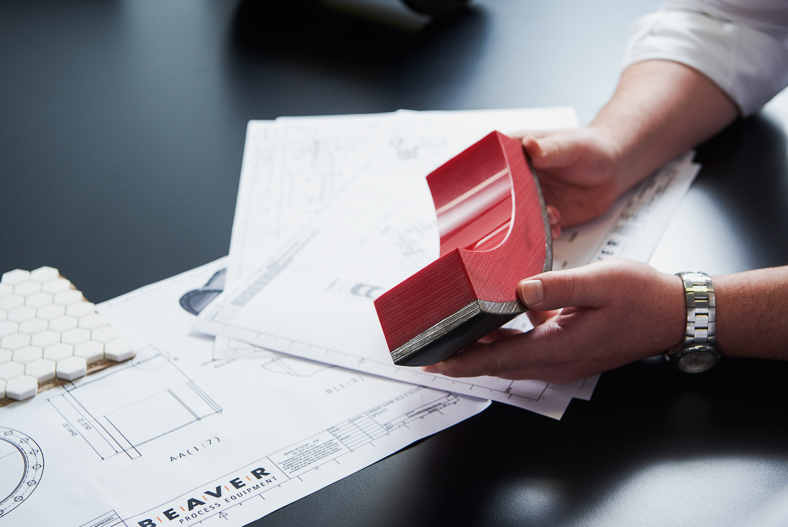 Polyurethane lined steel
Polyurethane lined steel
“Polyurethane liners are resilient, meaning that they can absorb energy from impact with slurry particles, and essentially rebound or return the energy to the particles. This helps to reduce erosion of the material itself,” Martin says.
Polyurethane also has a much lower surface roughness compared to rubber, steel and HDPE. This means there’s lower dynamic head loss, so pumping costs are lower. And it’s resistant to a wider range of chemical reagents and temperatures.
One thing to be aware of with polyurethane polymer liners is that not all polymers are the same—how it’s formulated and applied will affect its durability.
Polyurethane does have limitations in very high temperature or highly corrosive environments. Standard polymers will remain stable in dry heat conditions up to 40°C, while some of the high-performance formulations work well up to 80°C.
Polyurethane lining can be higher cost initially, but when you factor in total cost of ownership with ongoing maintenance costs, it often works out better value long term.
Ceramic lined steel
There are three different types of ceramic liners—alumina tiles, basalt, and ceramic epoxy.
Ceramics have good wear resistance and are mainly used where there’s high wear and/or high temperatures. But they aren’t suitable where there’s high fluctuations in temperatures or for applications with large particle sizes, as they will shatter.
The quality of ceramic liners can vary depending on the manufacturer, often creating challenges for maintenance teams. They are heavier than other lined piping systems and can only be manufactured in 6m lengths. Like rubber lining, it’s labour intensive, so can be inefficient to manufacture.
The right pipe liner for project success
It’s important to think about liner thickness and different liner materials available. It needs to handle high-velocity particles over a long lifetime, so you won’t need to make costly repairs.
Whether your new pipeline is for tailings, concentrate, or paste, it has a greater chance of success if the liner is well matched to the slurry type. If you make good decisions early on, you’ll end up with a reliable system that requires minimal maintenance—and lowers your overall costs.
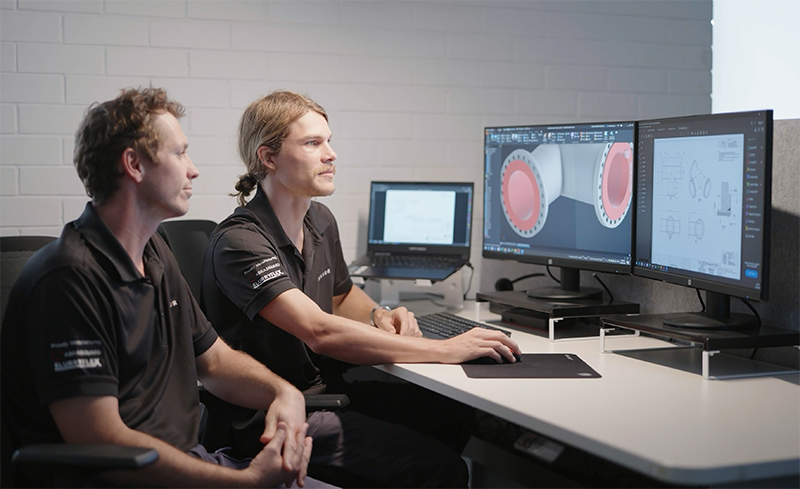
Get practical recommendations for your pipeline
Reach out to setup a call with a pipeline specialist. We'll give you clear recommendations and advice to help you with your piping specification, so you can confidently design a pipeline that lasts.
"*" indicates required fields








